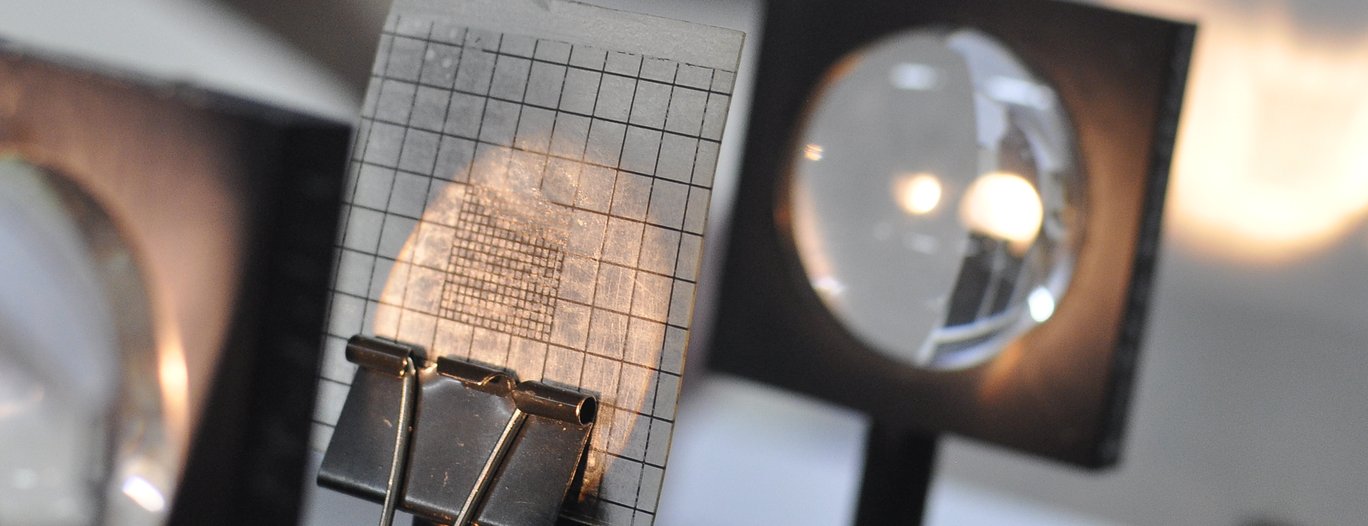
Defect-Induced Magnetism: A way to trigger high temperature magnetic order in nominally non-magnetic materials | Dr. Pablo Esquinazi
9 Mayo 2023 - Aula Magna - FAMAF Docentes
Seminario abierto al público brindado por el Dr. Pablo Esquinazi.
Martes 9 de mayo (10 hs ) en el aula magna de FAMAF, el seminario será dictado en castellano.
Defect-Induced Magnetism: A way to trigger high temperature magnetic order in nominally non-magnetic materials
The new phenomenon in solid-state magnetism, called Defect-Induced Magnetism (DIM), has been observed in a broad family of simple compounds, from pure graphite, SiC to several oxides like ZnO and TiO2. Localized atomic defects, like vacancies, interstitials and/or non-magnetic ions in a non-magnetic atomic lattice can trigger localized magnetic moments and therefore magnetic order at very high temperatures, when the defect concentration is of the order ~ 5at.%. The importance of DIM is large because it involves a paradigm shift from the common assumption that only compounds with magnetic ions like Fe, Ni, Co, Ni can have or trigger magnetic order at room temperature. Meanwhile, good reproducibility of this magnetic order is achieved by ion irradiation. This technique allows a certain defect density in relatively large areas and at different depths upon the energy and fluence of the irradiated ions. After introducing the phenomenon and the experimental evidence, we shortly discuss two possible applications of DIM, namely spin-filtering at magnetic/non-magnetic interfaces in ZnO and perpendicular magnetic anisotropy triggered in TiO2 anatase microstructures.
El Dr Esquinazi es un reconocido Investigador en el área de la física del estado sólido cuenta con más de 340 papers en revistas indexadas internacionales teniendo más de 10.000 citaciones ( h-index > 40 (SCOPUS), h-index > 50 (Google Scholar) and i10-index > 200.
Sus principales contribuciones en el área son :
-Production of amorphous superconductors and the study of their superconducting properties (1980-1984) ; -First evidence for the existence of tunneling systems in high-temperature superconductors and the study of their acoustic properties at low temperatures (1987-1988); -Evidence for the existence of a vertical (magnetization axis) shift due to an exchange bias phenomenon (2011-2014) ;-Discovery of magnetic field dependence in the photoconductivity in magnetic ZnO due to defects (2011,2015) ;-Influence of the oxygen vacancies on the magnetic properties of Zn-ferrite (2011,2014);-Development of the physics of pinning of flux lines in vibrating superconductors (1986-1994) ;-Interpretation of several experimental studies based on thermally activated (de)pinning and vortex diffusion phenomenon in high-temperature superconductors (1989-1996) ;-First studies of acoustic properties of crystalline and amorphous solids down to 100 microkelvin; -Evidence for the existence of tunneling systems in polycrystalline metals (1992-2000); - First evidence for superconducting and ferromagnetic behavior of bulk graphite, beginning of the study of the phenomenon defect-induced magnetism in carbon-based and oxides systems (2000 Discovery of the semiconducting properties of the Bernal and rhombohedral lattice and the existence of superconductivity at interfaces of graphite; reinterpretation of several transport and magnetic properties of graphite published since 1940 (2008-2019); Discovery of magnetic order by proton irradiation in graphite (2003-2010).